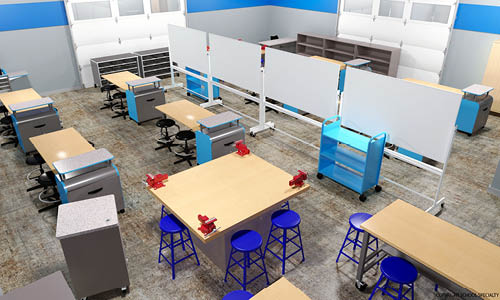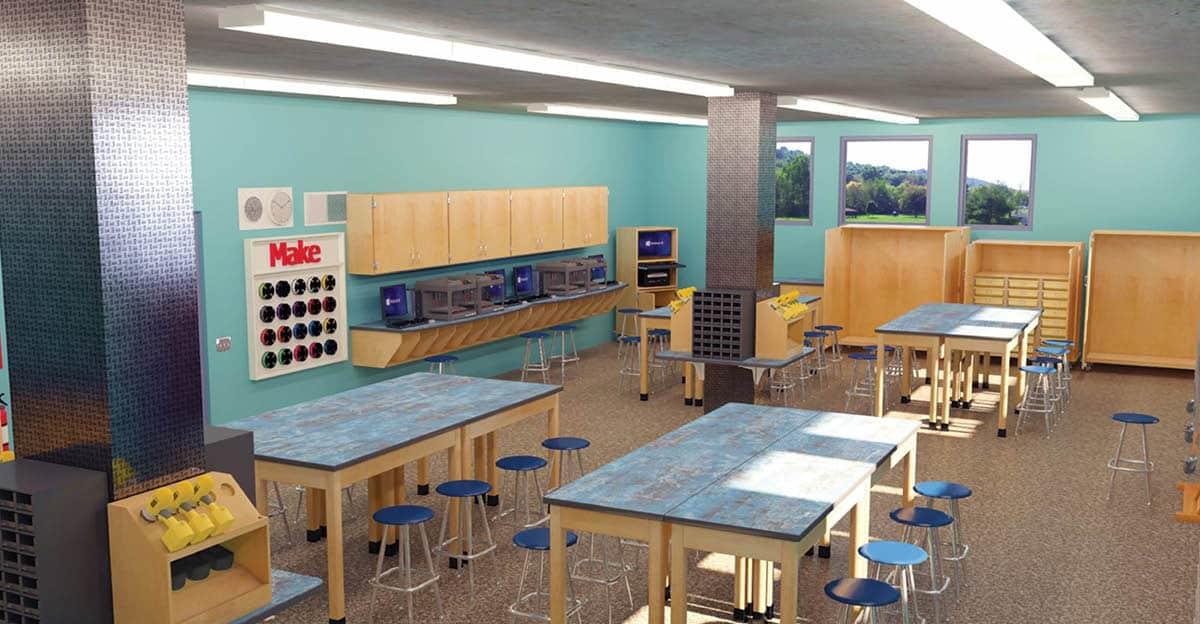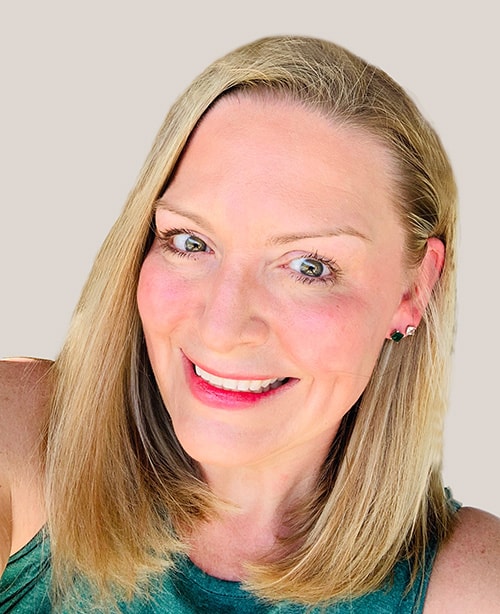You’re a K-12 leader who appreciates the need to cultivate creativity among your students, and you’re committed to doing this by bringing makerspace experiences to them wherever possible. How can you set attainable goals for your school or district? How can you determine the next steps you should take?
A good way to chart your path forward is to understand your current capacity and how this compares to a fully mature makerspace vision. If you can identify the gaps between your present situation and full maturity, then you’ll know where to focus your attention in the future.
Digital Promise, a nonprofit organization that supports digital learning, has released a new resource that can help. Called the Maker Learning Leadership Framework, its goal is “to help schools develop a pathway to sustainable, equitable, and powerful maker learning programs for all learners.”
The framework includes questions to guide K-12 leaders in creating a vision for using makerspaces or maker activities to meet educational goals. It also features a “Maker Learning Maturity Matrix” to help leaders figure out where they are on the journey toward maker maturity and plan next steps.
The matrix categorizes how far along schools are in building support systems, establishing teacher capacity, budgeting resources, allocating space, and acquiring the tools and materials needed for effective maker experiences across four levels of maturity: beginning, exploring, integrating, and embedded. For instance, a school at the “beginning” stage of space allocation might occasionally repurpose classrooms or other general-use spaces as makerspaces and is looking into creating a dedicated makerspace or adding a mobile makerspace solution. A school at the “embedded” stage of space allocation has a dedicated makerspace that serves as a central hub of activity for the entire school community, with all students having frequent access.

The Maker Learning Leadership Framework also includes tools to help K-12 leaders move along the continuum from beginning to embedded for each category of the matrix. It’s a handy resource for determining where you are now, where you should aspire to be, and how to get there.
Integrating a hands-on, constructivist approach to learning can be daunting at first. If you haven’t done so before, you’ll naturally have many questions as you begin. Our free guide, “Cultivating Student Creativity,” can help. It explains what elements are necessary to get started and how to set up classrooms or makerspaces to support student creativity successfully.
Deanna Marie Lock
Deanna Marie Lock is a reputable educational leader with a multifaceted background as an elementary school teacher, assistant principal and principal, Instructional Solutions consultant, Instruction and Intervention Subject Matter Expert, and today as the Director of Category Expertise and Support across all of School Specialty’s target curriculum solutions and widespread product categories. With 18 years spent specifically in the public education sphere, Deanna now uses this in-classroom expertise to add a personalized, intentional approach when professionally advising to an audience she herself had been a part of for nearly two decades. Deanna is passionate about building purposeful long-term internal and external customer connections, and helping students find their passion and highest potential, too!







Leave a Reply